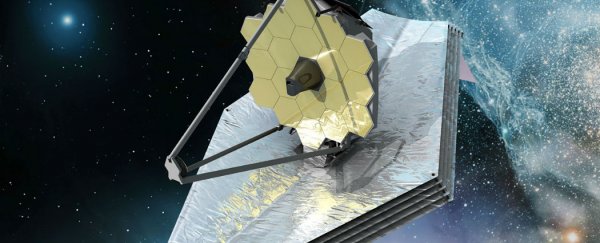NASA is building the biggest telescope the world has ever seen, and it will give scientists the opportunity to 'see' cosmic events that occurred 13.5 billion years ago - just 220 million years following the Big Bang. Named the James Webb Space Telescope (JWST), it will be 100 times more powerful than the Hubble Space Telescope, and is tipped to be fully operational within the next three years.
"What the Webb will really be doing is looking at the first galaxies of the Universe," project scientist Mark Clampin told the press at NASA's Goddard Space Flight Centre in the US this week. "We will also be able, with these capabilities, to look in very dark parts of the universe where stars are being born."
The JWST includes a mirror 6.5 metres in diameter, which is three times the size of Hubble's mirror, and it will have 70 times its light-gathering capacity. It will include four cameras and spectrometers, the latter of which is designed to take in light, break it down into its spectral components, and digitise the signal as a function of a wavelength for scientists to interpret.
"We have sensors on board, equipment on board that will enable us to study the atmosphere of exoplanets spectroscopically, so we will be able to understand the composition of those atmospheres," Matt Greenhouse, a JWST project scientist, told the press. "We can make big progress in the search for life."
Unlike Hubble, which has spent the last 25 years orbiting Earth, the James Webb Space Telescope will go all the way out to one of the Lagrangian points - a set of five equilibrium points in every Earth-Moon System - 1.5 million kilometres (930,000 miles) away. This will keep it far enough away from the Sun so it's not too hot, and will shelter it from radiation and "prevent it from being blinded by its own infra-red light," Jean-Louis Santini reports for the AFP.
"It will follow Earth around the Sun over the course of the year. So it's in a Sun centre orbit instead of an Earth centre orbit," said Greenhouse. "Just as Hubble rewrote all the textbooks, Webb will rewrite [them] again."
The telescope is expected to launch in October 2018.

Source: AFP
